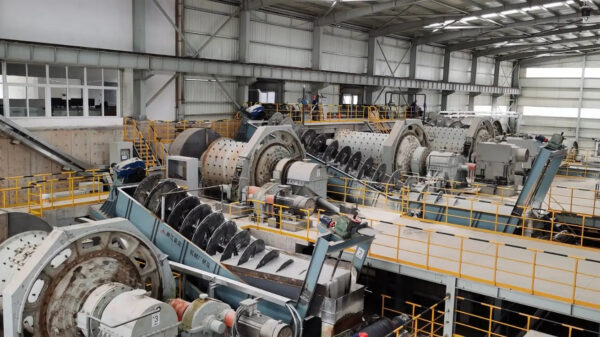From the Asia Tech Observer perspective, the global space race is typically viewed in terms of the prowess and capabilities of the United States and China. Historically, the Soviet Union and later Russia held a key role in this pursuit. However, the recent decline of Russia's space sector, amidst a large-scale crisis, has opened the stage for a new player: India.
The nation's persistent strides in the space sector reveal the untapped potential within. India has consistently proven that it is carving a path in the race to the cosmos. Despite the advantage of more dominant powers. . .






















